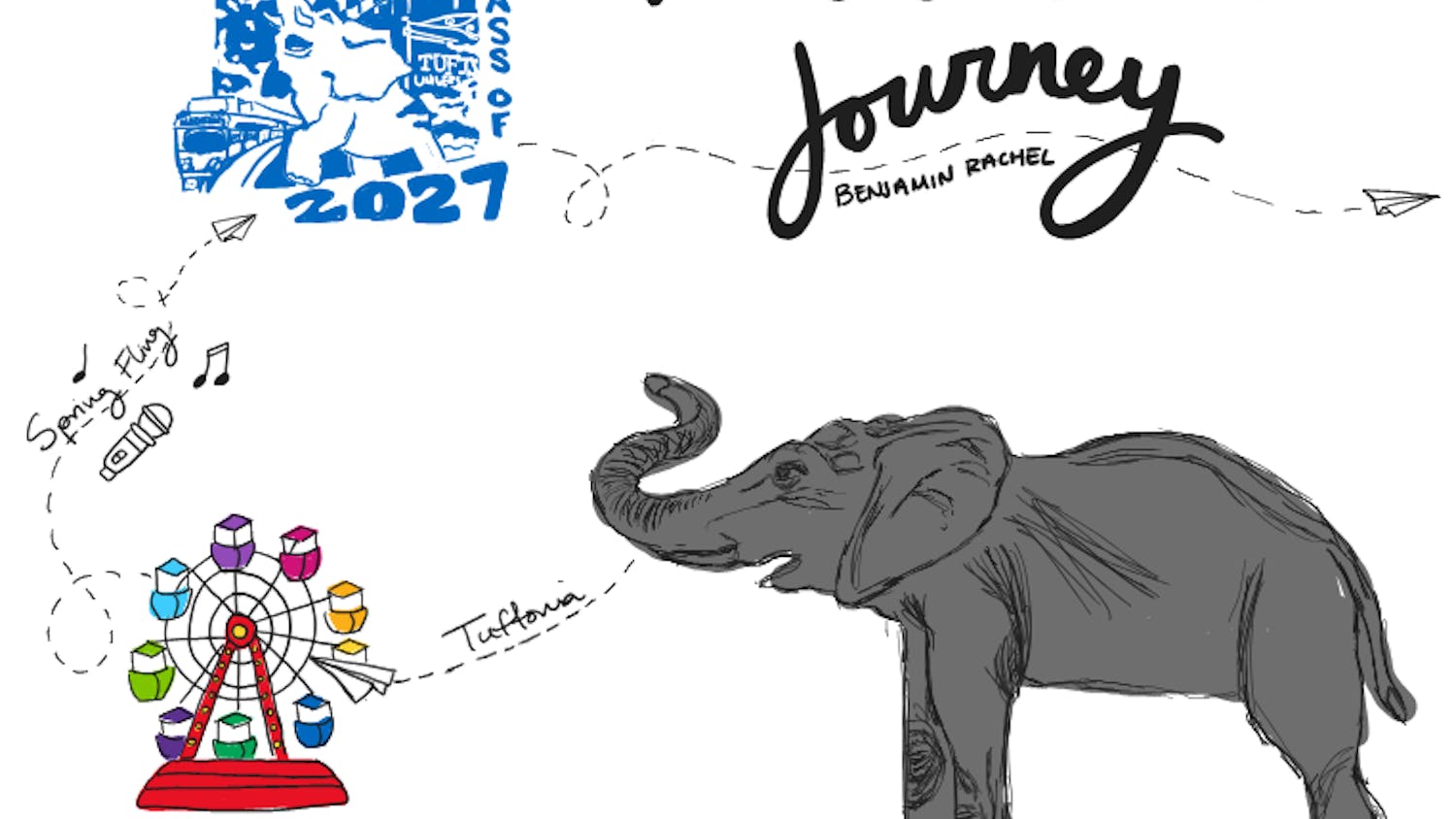As of Wednesday evening, the Tufts Memes for Quirky Queens Facebook group had 4,756 members – a shocking number, considering that there are only 5,438 Tufts undergrad students. Also shocking is that this number increased by 100 people within the previous twenty-four hours. This means that if every member of the Tufts Memes for Quirky Queens group is a Tufts undergrad, about 87 people in a 100-person lecture today are sneakily scrolling through memes during class. These memes are everywhere.
Created on Feb. 10 at 10:57 p.m., Tufts Memes now has over 1,000 more members than the Tufts Class of 2020 page. The amount of daily posts, likes and comments rivals that of a new class page during the days after acceptance decisions come out, and it is only increasing. On top of that, the TuftsMemes Instagram account, another popular Tufts medium for memes, had 1,770 followers as of March 1,less than 200 followers away from the number that The Tufts Daily Instagram has – and we’ve been around for decades! The membership, posts and number of reactions themselves prove that the meme phenomenon has certainty swooped in, landed and made a mark at Tufts.
Interestingly, this phenomenon has not only been researched but has an entire history to it. The term “meme” was first used by British evolutionary biologist Richard Dawkins in 1976, who defined a meme as something that can reproduce, mutate and spread. On campus, the thousands of meme-sharers, likers, commenters and lurkers point out the obvious: the ubiquitous use of the internet allows memes to follow this trend of reproduction and mutation like wildfire.
According to a report published in Nature in 2012, memes about different topics diffuse differently, branching off to different users in various patterns and fashions. The report also notes that the vast majority of memes die quickly, so the memes that most people see are only a small fraction of memes in existence.
Another study modeled memes as genes, finding that memes evolve like genes evolve. You can even take a course on memes at the University of California an Santa Barbara in the Linguistics Department. Meme science, anyone? The influence of memes is growing and the numbers in the Tufts Memes for Quirky Queens proves it.
In our Tufts meme microcosm, we see meme frenzy in action. In the week's since the inception of Tufts Memes for Quirky Queens, the meme momentum has only swelled. Memes posted today can generate hundreds of likes in just a few hours.
The formula for the perfect meme still remains unknown, but both meme research and our own first-hand experiences with Tufts Memes for Quirky Queens demonstrates that the most viral meme is one that can reproduce and adapt to its surroundings. At Tufts, this means the hottest memes pair frequently shared images with content that has already gone viral. In a way, the Tufts Memes for Quirky Queens group is a mosaic of every debate, complaint and struggle of Tufts students. Issues that Tufts students have retweeted, posted and conversed about in the past are now catalogued in meme form, with their likes, comments and reactions perhaps a numerical indicator of their remaining relevance on our campus.
More from The Tufts Daily
Farming for a future
By
Ellora Onion-De
| April 17
T Time: A trip to Wonderland
By
Jeremy Bramson
| April 17





